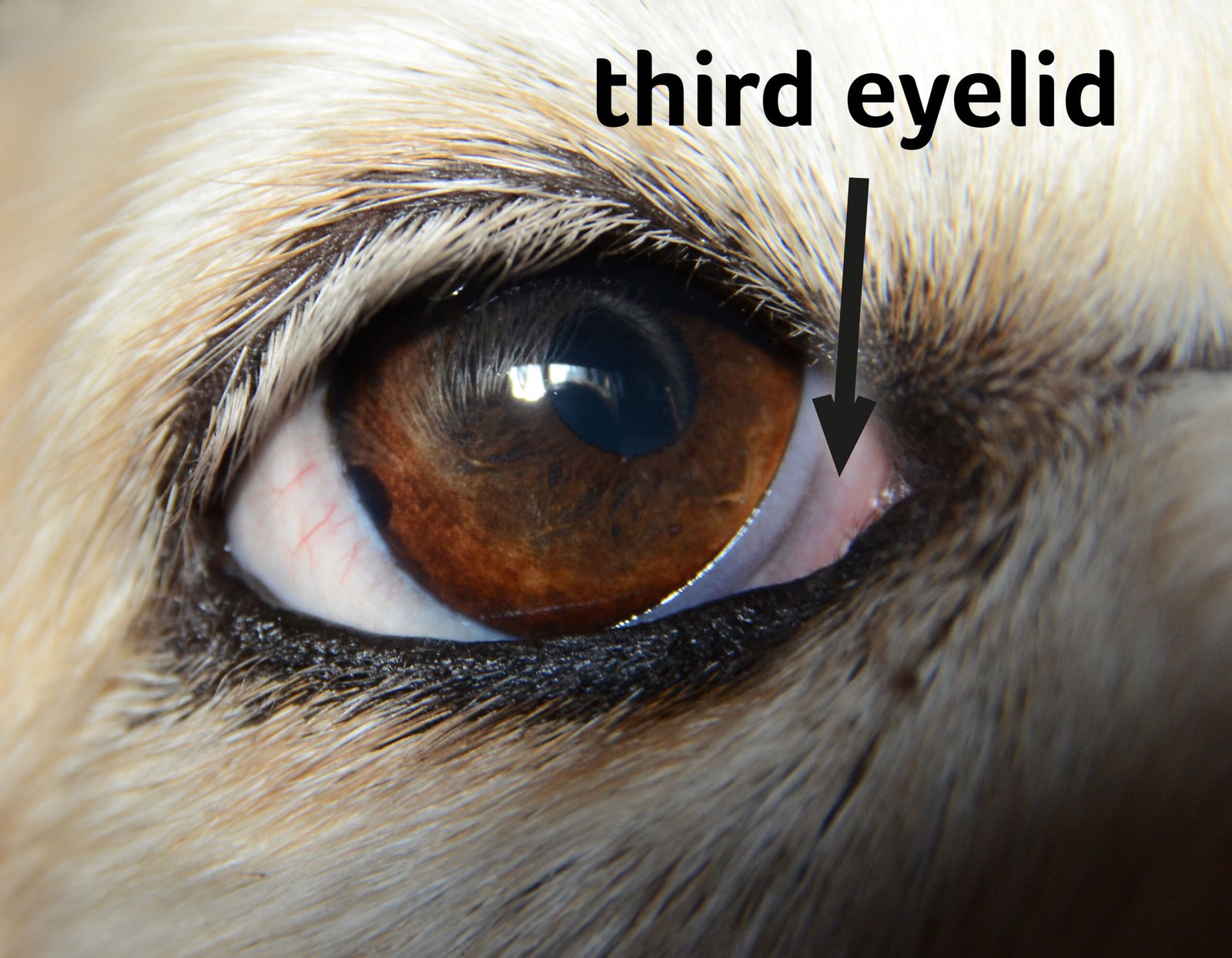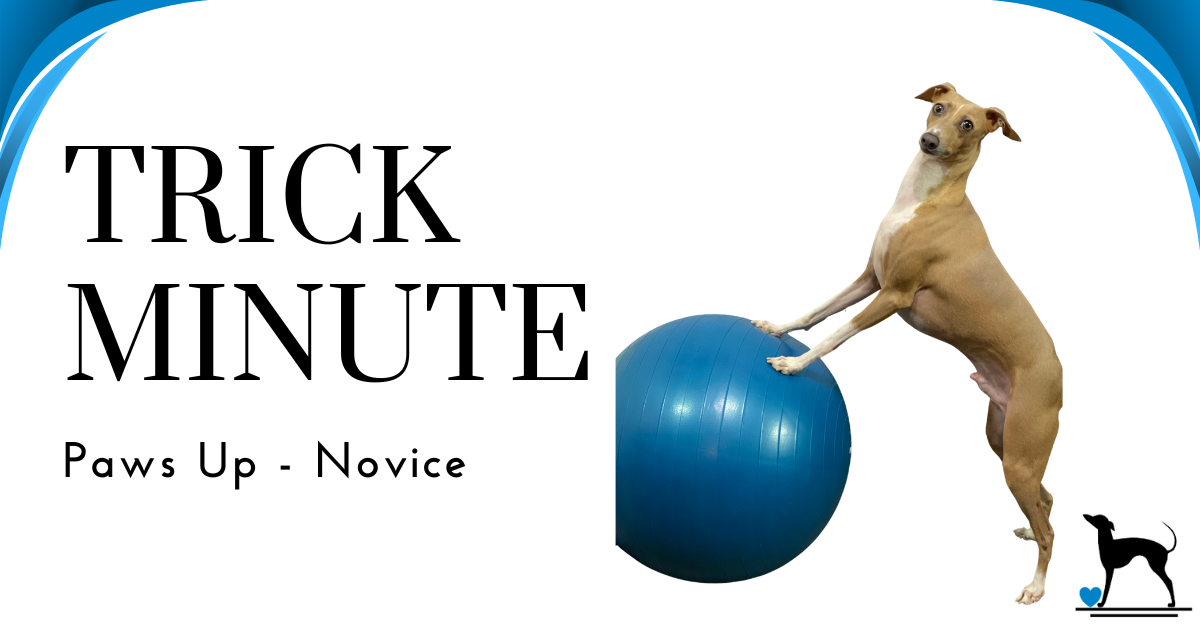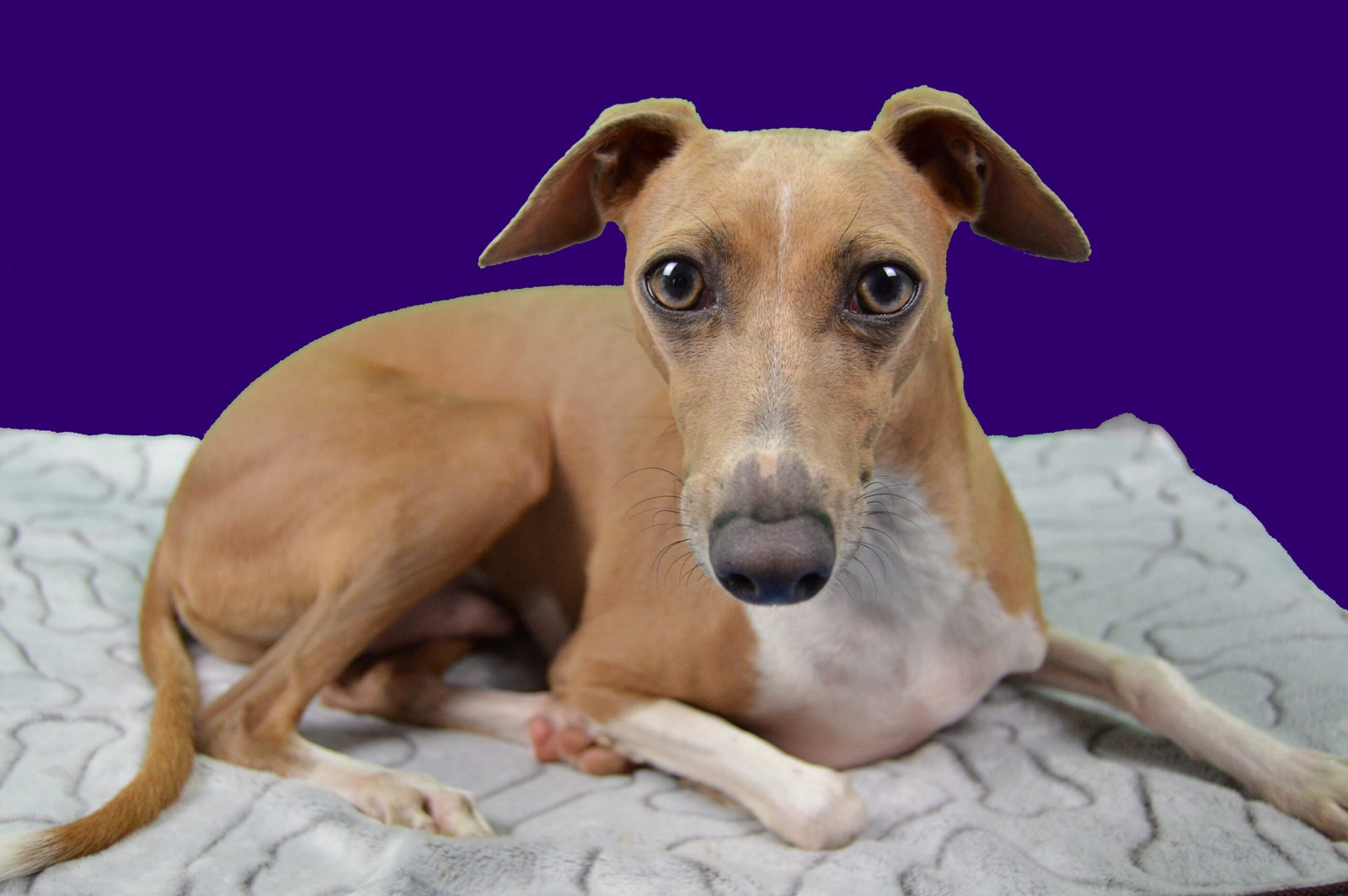Recall is a crucial skill that can help keep your pet out of harm’s way and even bring them to safety when needed. It can be lifesaving in certain situations. As a result, it’s essential to teach your dog a strong, reliable, and speedy response to your recall cue. With patience and some helpful tips, you can achieve this seemingly impossible behaviour!
Before you start, choose a recall word or cue that will prompt your dog to come to you. Make sure this word remains unpolluted – it should not have any prior associations, only be used when you are certain your dog will respond, and always be followed by a high-value reward. Choose a high-value treat or another type of reward that your dog particularly enjoys.

Initiating Training
The initial stages of recall training should take place in a controlled, distraction-free environment. This gives your pet a chance to understand and respond to the recall cue without any external influences.
Say your recall cue while standing one step from your pet, then mark (“yes”/click) and give the reward. Do this no more than 5 to 10 times per session to keep the excitement and anticipation levels high.
This brings us to the 3D’s of recall training: Distractions, Distance, and Duration. The difficulty level of distraction is a crucial factor in recall training. Start with minimal distractions and gradually increase the intensity as your pet gets better at responding. Distance plays a vital role too – begin with short distances and gradually increase them. The duration is less applicable in recall training as the aim is to get a prompt response.
Tips for Success
- Practice Often: Keeping the behaviour fresh in your pet’s mind and well-rehearsed will make him more likely to respond when you need him to!
- Always Positive: Recall is especially important to keep positive – the animal should not hesitate when he is called, and keeping it exciting and rewarding will help ensure a reliable response!
- Never Punish: If your pet does not respond, don’t fret. Move closer or leash your pet, taking note to take a step back in training and practice in a less distracting environment or from a closer distance.
- Recall Doesn’t End Fun: It is important to not always call your pet away from fun activities. When possible, you can release your dog back to continue enjoying what he was doing – making recall more of a quick pause than something he dreads!
- Recall Games: Incorporate enjoyable exercises and games into your training routine to keep your pet engaged and motivated. One example is “hide and seek recall,” where you hide and call your pet, rewarding them when they find you. This game not only reinforces recall but also helps strengthen the bond between you and your pet!

Recall training is a journey that requires patience and consistency. By making the process enjoyable for your pet and rewarding them appropriately, you will soon see a remarkable improvement in their recall response. Remember, safety is paramount. So, even with a reliable recall, ensure to leash your pet in environments with potential hazards. Happy training!
What is your pet’s ultimate high-value reward? Let us know in the comments!




Leave a Reply